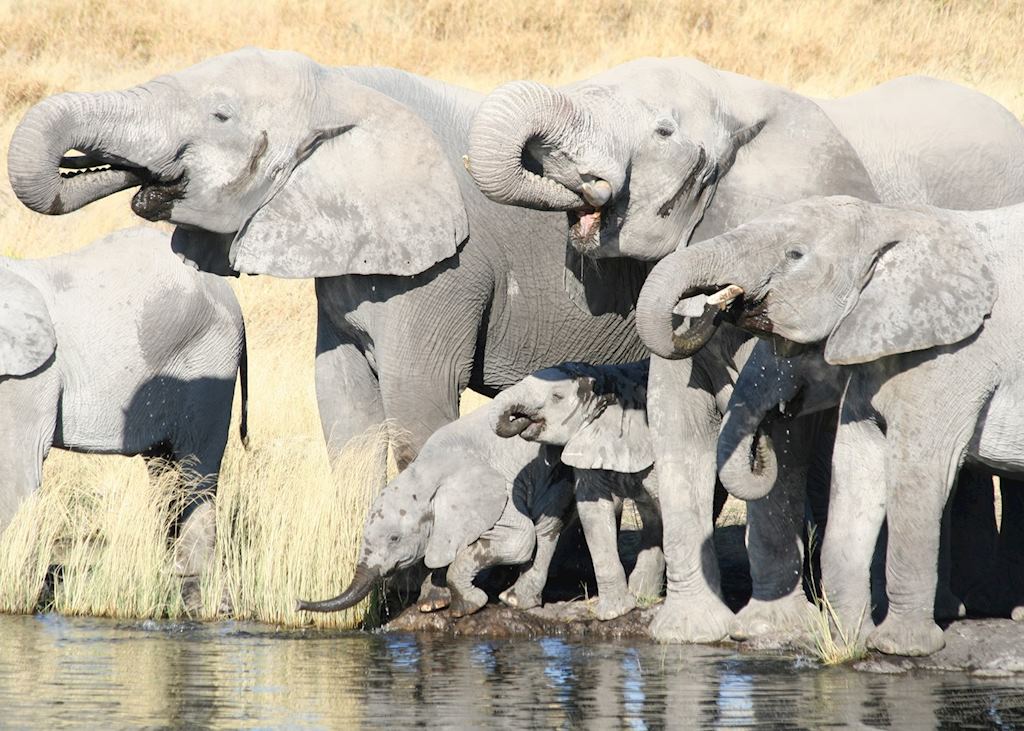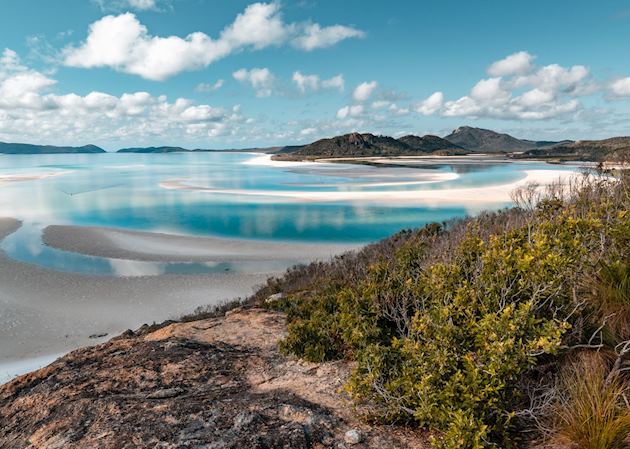We’re thinking about going to Namibia next year and we’ve looked at a few of your online itineraries. We’re still in the early stages of planning our trip but have realised that we won’t be able to afford a fly-in trip. The thought of driving ourselves around is quite intimidating as this will be our first time to Namibia. Is this something that a lot of people do? What kind of support do you offer once we’re there?

Answer
Although flying over Namibia gives you some fantastic scenery from a birds eye view, there is a lot to be said for taking in the scenery at a slower and more relaxed pace by self-driving. The freedom of driving yourself offers an unparalleled experience with the flexibility to stop when you like, to explore different routes or to seize any photographic opportunity that presents itself.
The Namibians are incredibly proud of their road system which consists of a main network of tar roads with a more extensive network of gravel roads. These are all very well maintained and it is not unusual to see three or four graders out levelling the roads in a two week trip.
Driving on gravel is straightforward but can take a little while to get used to. The main problems associated with gravel roads is the damage caused after heavy rain as it can take a short while to patch up them all up again. If you are travelling between November and June it is advisable that you take a 4x4 car as you may find yourselves fording the occasional river or flooded road!
The most important piece of advice that I can give you is DO NOT SPEED! Travelling between 60 to 80 km/hr is as fast as you should be driving on gravel. It is very tempting to ease your foot down when you are on a wide, straight road and you know you have another three hours of driving to go but almost all accidents in Namibia are attributed to rolling cars on unexpected corners or losing control when the road becomes corrugated.
The Namibian people are also incredibly friendly — in the unlikely event that you sustain a puncture or (highly unlikely) break down, the first local to drive past you will in all probability pull over and offer you assistance.
If you decide to drive then you will not be undertaking this adventure unaided as we offer comprehensive support to you. You will be met you on arrival at the airport and given a full briefing. We will help you to collect your car and make sure that you are completely happy with it. We will also provide you with detailed driving instructions and a map of Namibia with your route and accommodation marked on it. We can also provide you with a local mobile phone which is loaded with credit and the contact details of the lodges that you will be staying at. All of this is backed up with a 24-hour emergency contact number in the UK and a large network of agents on the ground.
It’s true that when you are flying in to your lodges it will cut down on your travelling time and you do not need to worry about how far you have to drive before it goes dark, or decide where to stop for lunch. However, for a lot of people this freedom and flexibility in this stunning country is half the fun of the trip.
PS. Don't forget to look at our self-drive in Namibia guide for more information.
Was this useful?





